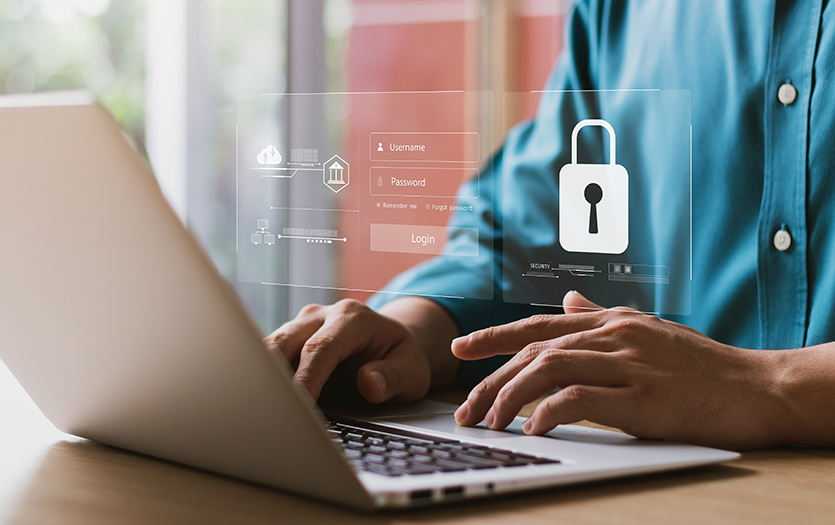
Faye Meyers, IS Governance Specialist/IS Security Team, Parkview Health Information Services, shares guidance from America’s Cyber Defense Agency. Follow these five essential behaviors to stay safe online.
Behavior No. 1 – Avoid being a phishing victim
Recognizing and reporting suspicious emails and links may prevent cyber-attacks.
How can you tell if a message is phishing? Look for these red flags:
- A tone that’s urgent or makes you scared.
- Ex: "Click this link immediately or your account will be closed."
- Sender email address doesn’t match the company it’s coming from.
- Ex: Amazon.com vs. Amaz0n.com
- Unexpected communications such as an email or attachment you weren't expecting.
- Requests to send personal info.
- Legitimate organizations don't ask for personal information through email or an unexpected call.
- Misspelled words, bad grammar and odd URLs.
- Be aware that AI will make spotting these more challenging—stay diligent.
Behavior No. 2 – Avoid being a phishing victim
Recognizing and reporting suspicious emails and links may prevent cyber-attacks.
What should you do if you spot a phish?
Do
- Verify that the communication is real and contact the sender directly through known phone numbers or emails.
- Utilize your Phish Alert button in Outlook or your email of choice.
- Delete it.
Don’t
- Don't click any links you don’t trust, even “unsubscribe” (just delete).
- Don't click any attachments you were not expecting or recognize.
- Don't send personal info online or share over the phone.
Behavior No. 3 – Use strong passwords and consider utilizing a password management tool
Long (at least 8 characters, 16 is better), random, unique passwords make accounts harder to breach. What makes a strong password?
Random
- Upper- and lower-case letters
- Numbers
- Special characters
- Consider passphrases (5-7 unrelated words)
Unique
- Different for each account.
- Never reuse passwords
- Generate strong passwords
Encryption ensures that password managers never "know" what your passwords are, keeping them safe from cyber-attacks.
Behavior No. 4 – Utilize multifactor authentication
This adds a second step to verify your identity if a password is compromised. Use multifactor authentication (MFA) on every account that offers it, especially:
- Email
- Accounts with financial information
Ex: Banks, online stores
- Accounts with personal information
Ex: Social media
Behavior No. 5 – Update software
At Parkview, we update software and systems to the newest secure versions. Make sure you are doing the same with your mobile devices and home devices. Updates are the easiest way to ensure your devices and apps are protected from the latest threats.
- Updates only protect you if you install them, so:
- Install them right away.
(Don't click "remind me later.”) - Enable automatic updates for convenience.
Follow these steps and stay informed about the latest cyber risks so that you can remain vigilant and protect yourself.



